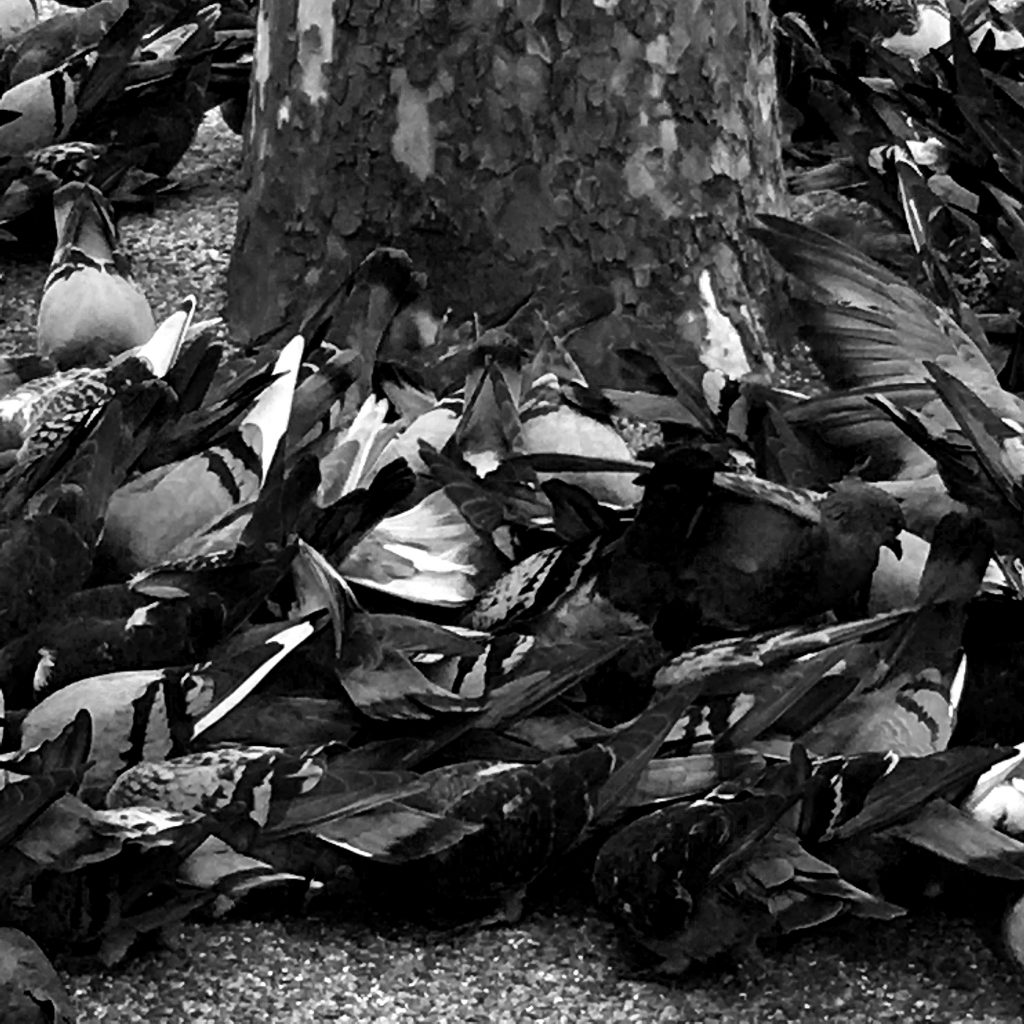
Found at: https://magdalenaswitek.tumblr.com/post/157316959185/krakow-poland-2015-magdalena-wywrot
I went in to this course expecting I would fall back on the same ideas and themes I had explored during my last year of high school. This wasn’t the case, as I was lucky enough to find new inspiration through a photography magazine and channel that for my first and second project briefs. This was important to me, as I often did not go out and seek inspiration, I would play my work close to home, not wanting to feel jealous or psyched out by the work other media partitioners produce. This is something I want to move away from in the future and really push myself in the brainstorming phase to look at other works, reference other styles as the photographer I chose, Magdalena Wywrot, really helped me understand how through photography a mood could be captured. This was important to set up at the very start of the course, because perviously I had felt all there was to taking a photo was technique, in the way where if you hit every box (focus, centre frame, light, clarity) it’ll be a good photo. But when looking at Wywrot’s photos, although the technique was there, a mood and feeling radiated out of the photos, something that had been achieved by carefully considering what techniques would be used. Not everything had to be in focus, not everything had to be clear, all these photos had to do was keep in line with the mood she was trying to evoke something that would help me a great deal in PB4 when creating a photobook. The edges exercise in class was also a great way to make me start thinking about where my subject should be positioned in the photograph and I was able to use quiet a few of these photos in my PB4 pitch. This exercise extended into the idea of how cropping and composition would work to create images that better suited a uncomfortable and eerie mood, as denying the viewer information worked along aside with the high contrast and long exposure shots.

PB4 was important, as it showed me I could have my own point of view in photography and how I could express it through my photobook. I’ve talked about this in a earlier post, but as I continued to think about this idea of “capturing what captures you” I also realised that I wanted to express a mood or a feeling from my photography because I wanted it to last, to stay with the viewer long after they’ve closed the pages of my book. While it may not always happen, it is still a standard I can hold my work to, outside of just pure technical skill which often felt uncomfortable and to subjective for me in my pervious studios.
I project brief I really struggled in, was PB3 as I did not give myself enough time to play with ideas and seek out feedback from an unbiased source. This was the only photos I took where I did not have complete control over the light and space of the photo and would have benefited from taking test shots or just spending more time with my subjects, trying different things. This is something I struggled with in PB4 too, as I felt I was asking for to much time of my subjects. In the future I will try to break the shoot up when possible, rather than trying to get everything on the one day. This will also help identity what is missing from my shots.

Overall I really enjoyed this course, and how I grew as a photographer, while I may still need to spend more time out in the world practicing I can do so knowing where I stand and what I want to create. I’ve also identified areas such as time management, research and inspiration that I will look to improve in all areas of my media practice.









 However when creating my story the 10 to 17 shot restriction really forced my hand not to waste a single slot. As I was trying to capture the overall atmosphere of the bar and it’s owners, I couldn’t spend to long unfolding a single sequence. Below is what this original sequence morphed into this over time and what I went with in the final brief.
However when creating my story the 10 to 17 shot restriction really forced my hand not to waste a single slot. As I was trying to capture the overall atmosphere of the bar and it’s owners, I couldn’t spend to long unfolding a single sequence. Below is what this original sequence morphed into this over time and what I went with in the final brief.


 f/9 1/4 s ISO 800
f/9 1/4 s ISO 800 f/10 1/50 s ISO 800
f/10 1/50 s ISO 800 f/11 1/13s ISO 800
f/11 1/13s ISO 800 f/11 1/13 s ISO 800
f/11 1/13 s ISO 800 f/5.6 1/125 ISO 1600
f/5.6 1/125 ISO 1600


